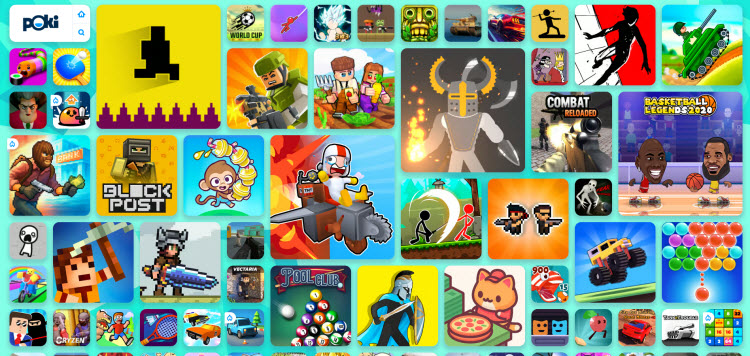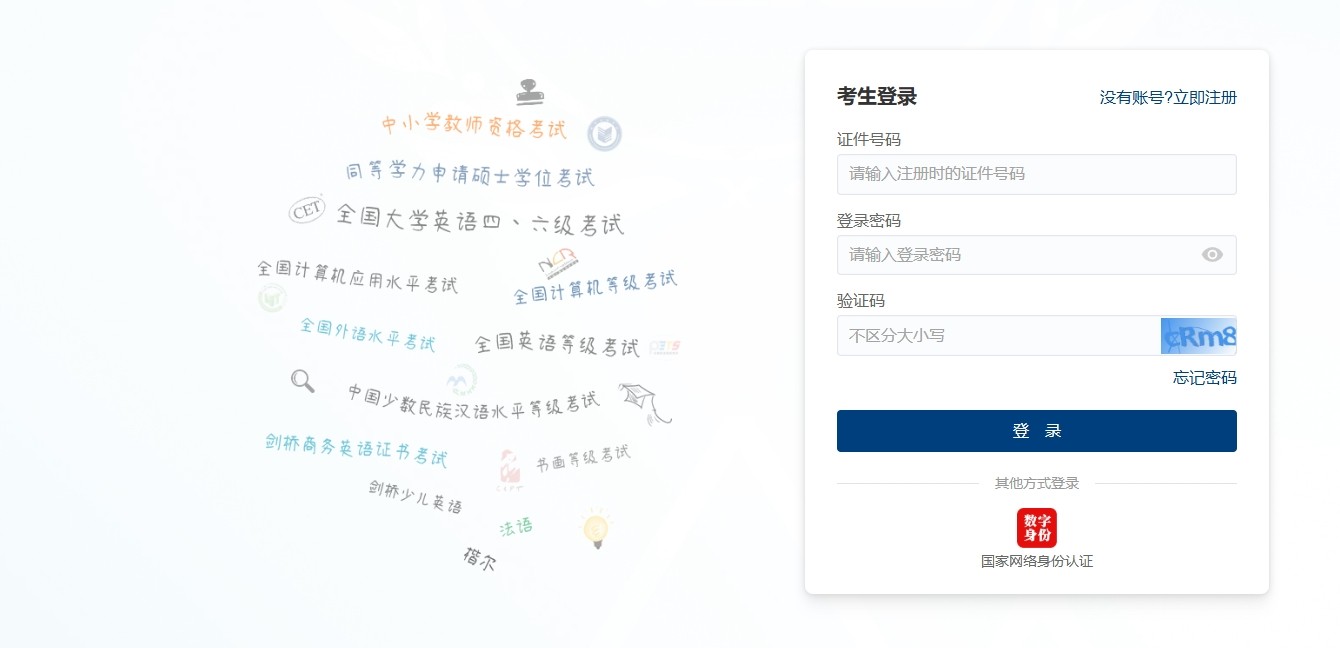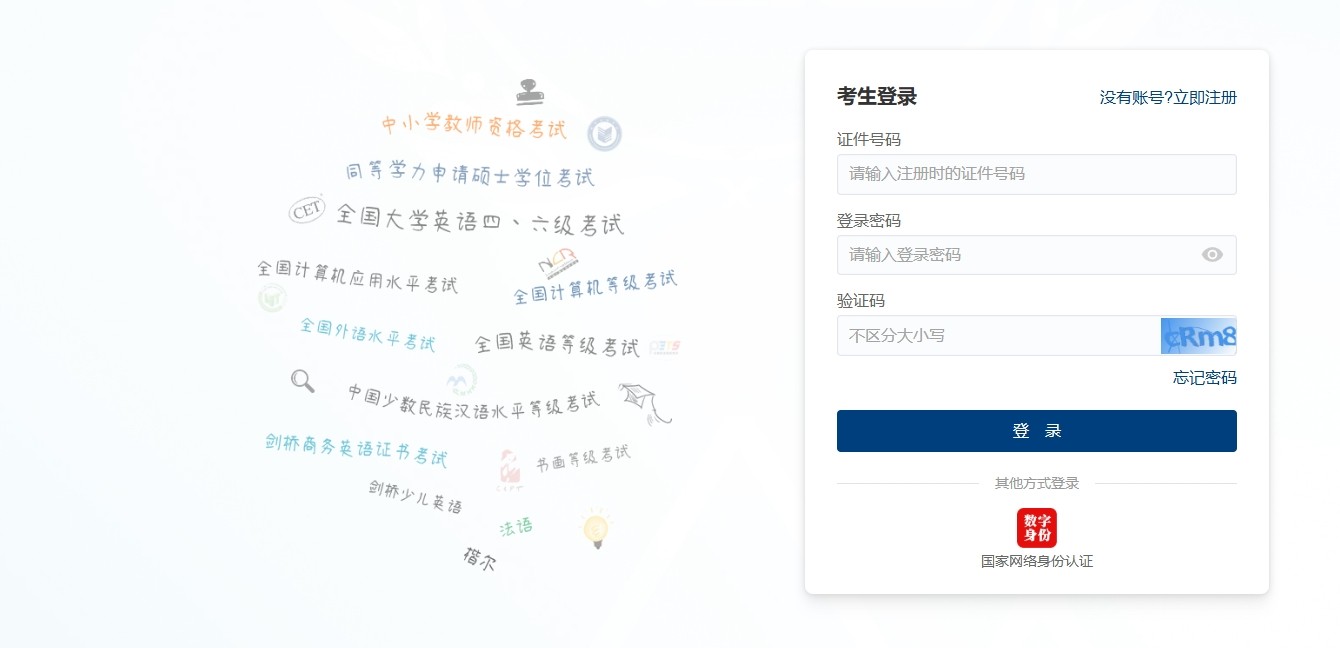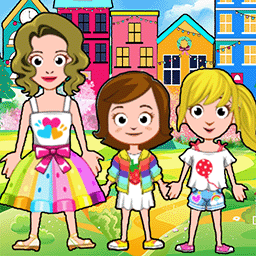JS对页面加载操作
时间:2008-12-03 来源:hkebao
[可以找一下窗口关闭的事件看看吧!]
下面以三个页面分别命名为framedemo.html,top.html,button.html为例来具体说明如何做。
其中framedemo.html由上下两个页面组成,代码如下:
以下是引用片段:
< !DOCTYPE HTML PUBLIC "-//W3C//DTD HTML 4.0 Transitional//EN">
< HTML>
< HEAD>
< TITLE> frameDemo < /TITLE>
< /HEAD>
< frameset rows="50%,50%">
< frame name=top src="top.html">
< frame name=button src="button.html">
< /frameset>
< /HTML>
现在假设top.html即上面的页面有一个button来实现对下面页面的刷新,可以用以下七种语句,哪个好用自己看着办了。
语句1. window.parent.frames[1].location.reload();
语句2. window.parent.frames.bottom.location.reload();
语句3. window.parent.frames["bottom"].location.reload();
语句4. window.parent.frames.item(1).location.reload();
语句5. window.parent.frames.item('bottom').location.reload();
语句6. window.parent.bottom.location.reload();
语句7. window.parent['bottom'].location.reload();
解释一下:
1.window指代的是当前页面,例如对于此例它指的是top.html页面。
2.parent指的是当前页面的父页面,也就是包含它的框架页面。例如对于此例它指的是framedemo.html。
3.frames是window对象,是一个数组。代表着该框架内所有子页面。
4.item是方法。返回数组里面的元素。
5.如果子页面也是个框架页面,里面还是其它的子页面,那么上面的有些方法可能不行。top.html源代码;(页面上有七个按钮,功能都是刷新下面的框架页面)
以下是引用片段:
< !DOCTYPE HTML PUBLIC "-//W3C//DTD HTML 4.0 Transitional//EN">
< HTML>
< HEAD>
< /HEAD>
< BODY>
< input type=button value="刷新1" onclick="window.parent.frames[1].location.reload()">< br>
< input type=button value="刷新2" onclick="window.parent.frames.bottom.location.reload()">< br>
< input type=button value="刷新3" onclick="window.parent.frames['bottom'].location.reload()">< br>
< input type=button value="刷新4" onclick="window.parent.frames.item(1).location.reload()"><br>
< input type=button value="刷新5" onclick="window.parent.frames.item('bottom').location.reload()"> br>
< input type=button value="刷新6" onclick="window.parent.bottom.location.reload()">< br>
< input type=button value="刷新7" onclick="window.parent['bottom'].location.reload()">< br>
< /BODY>
< /HTML>
下面是bottom.html页面源代码,为了证明下方页面的确被刷新了,在装载完页面弹出一个对话框。
以下是引用片段:
< !DOCTYPE HTML PUBLIC "-//W3C//DTD HTML 4.0 Transitional//EN">
< HTML>
< HEAD>
< /HEAD>
< BODY onload="alert('我被加载了!')">
< h1>This is the content in button.html.< /h1>
< /BODY>
< /HTML>
先来看一个简单的例子:
下面以三个页面分别命名为frame.html、top.html、bottom.html为例来具体说明如何做。
frame.html 由上(top.html)下(bottom.html)两个页面组成,代码如下:
 <!DOCTYPE HTML PUBLIC "-//W3C//DTD HTML 4.0 Transitional//EN">
<!DOCTYPE HTML PUBLIC "-//W3C//DTD HTML 4.0 Transitional//EN"> <HTML>
<HTML> <HEAD>
<HEAD> <TITLE> frame </TITLE>
<TITLE> frame </TITLE> </HEAD>
</HEAD>  <frameset rows="50%,50%">
<frameset rows="50%,50%"> <frame name=top src="top.html">
<frame name=top src="top.html"> <frame name=bottom src="bottom.html">
<frame name=bottom src="bottom.html"> </frameset>
</frameset> </HTML>
</HTML>
现在假设top.html (即上面的页面) 有七个button来实现对bottom.html (即下面的页面) 的刷新,可以用以下七种语句,哪个好用自己看着办了。
语句1. window.parent.frames[1].location.reload();
语句2. window.parent.frames.bottom.location.reload();
语句3. window.parent.frames["bottom"].location.reload();
语句4. window.parent.frames.item(1).location.reload();
语句5. window.parent.frames.item('bottom').location.reload();
语句6. window.parent.bottom.location.reload();
语句7. window.parent['bottom'].location.reload();
top.html 页面的代码如下:
 <HTML>
<HTML> <HEAD>
<HEAD> <TITLE> top.html </TITLE>
<TITLE> top.html </TITLE> </HEAD>
</HEAD> <BODY>
<BODY> <input type=button value="刷新1" onclick="window.parent.frames[1].location.reload()"><br>
<input type=button value="刷新1" onclick="window.parent.frames[1].location.reload()"><br> <input type=button value="刷新2" onclick="window.parent.frames.bottom.location.reload()"><br>
<input type=button value="刷新2" onclick="window.parent.frames.bottom.location.reload()"><br> <input type=but
<input type=but ton value="刷新3" onclick="window.parent.frames['bottom'].location.reload()"><br>
ton value="刷新3" onclick="window.parent.frames['bottom'].location.reload()"><br> <input type=button value="刷新4" onclick="window.parent.frames.item(1).location.reload()"><br>
<input type=button value="刷新4" onclick="window.parent.frames.item(1).location.reload()"><br> <input type=button value="刷新5" onclick="window.parent.frames.item('bottom').location.reload()"><br>
<input type=button value="刷新5" onclick="window.parent.frames.item('bottom').location.reload()"><br> <input type=button value="刷新6" onclick="window.parent.bottom.location.reload()"><br>
<input type=button value="刷新6" onclick="window.parent.bottom.location.reload()"><br> <input type=button value="刷新7" onclick="window.parent['bottom'].location.reload()"><br>
<input type=button value="刷新7" onclick="window.parent['bottom'].location.reload()"><br> </BODY>
</BODY> </HTML>
</HTML>
下面是bottom.html页面源代码,为了证明下方页面的确被刷新了,在装载完页面弹出一个对话框。
bottom.html 页面的代码如下:
 <!DOCTYPE HTML PUBLIC "-//W3C//DTD HTML 4.0 Transitional//EN">
<!DOCTYPE HTML PUBLIC "-//W3C//DTD HTML 4.0 Transitional//EN"> <HTML>
<HTML> <HEAD>
<HEAD> <TITLE> bottom.html </TITLE>
<TITLE> bottom.html </TITLE> </HEAD>
</HEAD> <BODY onload="alert('我被加载了!')">
<BODY onload="alert('我被加载了!')"> <h1>This is the content in bottom.html.</h1>
<h1>This is the content in bottom.html.</h1> </BODY>
</BODY> </HTML>
</HTML>
解释一下:
1.window指代的是当前页面,例如对于此例它指的是top.html页面。
2.parent指的是当前页面的父页面,也就是包含它的框架页面。例如对于此例它指的是framedemo.html。
3.frames是window对象,是一个数组。代表着该框架内所有子页面。
4.item是方法。返回数组里面的元素。
5.如果子页面也是个框架页面,里面还是其它的子页面,那么上面的有些方法可能不行。
附:
Javascript刷新页面的几种方法:
1 history.go(0)
2 location.reload()
3 location=location
4 location.assign(location)
5 document.execCommand('Refresh')
6 window.navigate(location)
7 location.replace(location)
8 document.URL=location.href
自动刷新页面的方法:
1.页面自动刷新:把如下代码加入<head>区域中
<meta http-equiv="refresh" content="20">
其中20指每隔20秒刷新一次页面.
2.页面自动跳转:把如下代码加入<head>区域中
<meta http-equiv="refresh" content="20;url=http://www.wyxg.com">
其中20指隔20秒后跳转到http://www.wyxg.com页面
3.页面自动刷新js版
ASP.NET如何输出刷新父窗口脚本语句
1. this.response.write("");
2. this.response.write("");
3. Response.Write("")
JS刷新框架的脚本语句
//如何刷新包含该框架的页面用
( 或 <a href="javascript:opener.location.reload()">刷新</a> )
//如何刷新另一个框架的页面用
如果想关闭窗口时刷新或者想开窗时刷新的话,在<body>中调用以下语句即可。
<body onload="opener.location.reload()"> 开窗时刷新
<body onUnload="opener.location.reload()"> 关闭时刷新
[以下的方法可以实现当页面加载的时候会刷新一次]
[来学习一下JSP中的session机制吧!]
有一个问题比较郁闷的哦!
如果说在同一个页面中既有设置session又有读取session的话就可能会挂的哦!
我得加上一个中间页面啊。太郁闷了哦哈哈!










